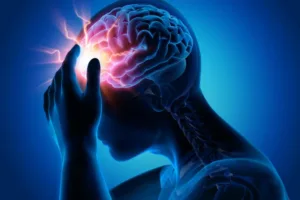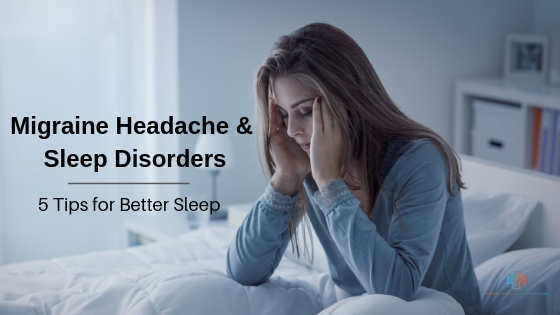What are Migraines?
According to the World Health Organization (WHO), up to 15% of the world’s population suffers from recurrent migraines. Migraines are a complex headache disorder characterized by recurring moderate to severe headaches, often affecting one side of the head (unilateral). They typically begin around puberty and can continue throughout a person’s life. Migraines can last up to 72 hours and are often accompanied by fatigue. They are more common in women, with 20.7% of women experiencing recurrent migraines compared to 9.7% of men.
What are the Warning Signs of Migraines?
Migraines can sometimes be preceded by specific warning signs up to two days before their onset.
These signs include:
- Constipation or diarrhea
- Neck stiffness
- Irritability
- Depression
- Hyperactivity
What are the Signs and Symptoms of Migraines?
Typical migraine symptoms include:
- Throbbing or pulsing headache that worsens with movement or physical activity
- Unilateral pain, as well as pain across the forehead or near the eyes
- Nausea, vomiting, dizziness, and food intolerance
- Extreme sensitivity to light and sound
- Irritability
Many individuals also experience a “migraine aura,” which often includes visual disturbances like seeing floaters or bright spots, vision blurring, or sensory and motor symptoms. The aura typically occurs before the headache but can also occur during or after it.
Why Do Migraines Occur?
Migraines are believed to result from a combination of genetic and environmental factors. Research indicates that genetics play a significant role, with 70% of migraine sufferers having a first-degree relative with a history of migraines. Migraines with aura have a stronger genetic component than those without aura.
What Can Trigger a Migraine?
Migraines can be triggered by various external factors, including:
- Stress
- Hunger and fatigue
- Hormonal changes (menstruation, menopause, pregnancy, oral contraceptives)
- Smoking and alcohol consumption
- Sleep problems, fasting, or skipping meals
- Certain medications
- Dietary factors, such as biogenic amines like tyramine (found in aged cheeses, smoked and fermented foods) and monosodium glutamate (MSG)
- Environmental factors like indoor air quality, lighting, and strong odors
How are Migraines Treated?
Medication
- Abortive Medications: Selective serotonin receptor agonists (triptans), ergotamines, and analgesics can stop the progression of a migraine.
- Preventive Medications: Antiepileptic drugs, beta-blockers, non-steroidal anti-inflammatory drugs (NSAIDs), and botulinum toxin can prevent migraines.
- Supplements: Magnesium supplementation may help reduce the severity and frequency of migraines.
Alternative Treatments
- Lifestyle Changes: Improving sleep quality, reducing stress, avoiding cigarette smoke, alcohol, and certain foods can help prevent migraines. Supplements like vitamin B2, coenzyme Q10, and butterbur, as well as regular exercise, are also beneficial.
- Acupuncture and Manual Therapies: Acupuncture, chiropractic manipulation, physiotherapy, and massage treatments have proven effective in preventing and managing migraines. Stress reduction techniques like yoga and relaxation exercises can also help.
- Other Non-Pharmacologic Treatments: Biofeedback, cognitive-behavioral therapy (CBT), transcranial magnetic stimulation (TMS), and vagus nerve stimulation (nVS) are effective in reducing migraine frequency and severity.
Surgery
In severe cases, surgical decompression of nerves around the head and neck may be necessary for migraines that do not respond to medications and non-pharmacological treatments.
Conclusion
In conclusion, understanding the causes, risk factors, and various treatment options for migraines can significantly improve the management and prevention of these debilitating headaches, enhancing the quality of life for sufferers.


















